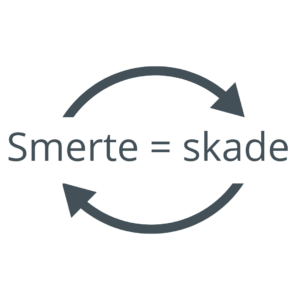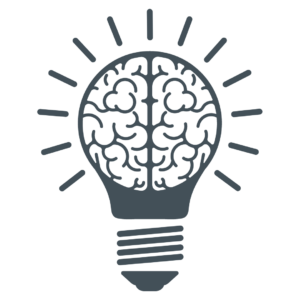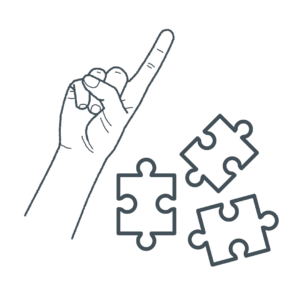 Hvordan en forældet smerteforståelse faktisk kan forværre dine smerter – og hvad du kan gøre ved det.
Hvordan en forældet smerteforståelse faktisk kan forværre dine smerter – og hvad du kan gøre ved det.
 2 vigtige opdagelser fra videnskaben, der har ændret hvordan vi anskuer smerte i dag – (og hvordan du helt lav-praktisk udnytter den viden til din fordel).
2 vigtige opdagelser fra videnskaben, der har ændret hvordan vi anskuer smerte i dag – (og hvordan du helt lav-praktisk udnytter den viden til din fordel).
 Du får det ene spørgsmål, der vil ændre din smerteopfattelse betydeligt og i sidste ende få dine smerter til at fylde langt mindre end de gør i dag.
Du får det ene spørgsmål, der vil ændre din smerteopfattelse betydeligt og i sidste ende få dine smerter til at fylde langt mindre end de gør i dag.
Ref. lection 1